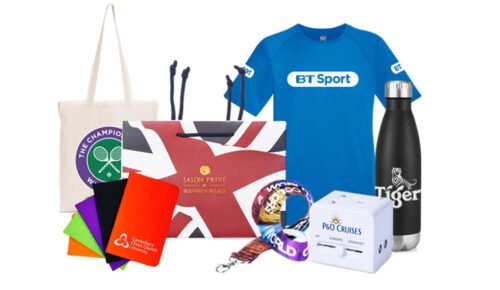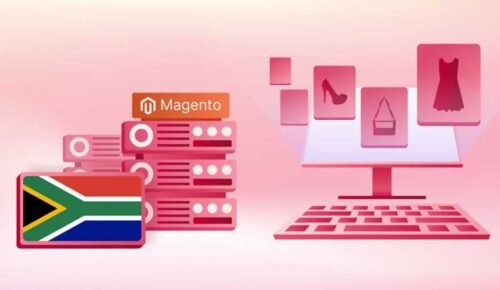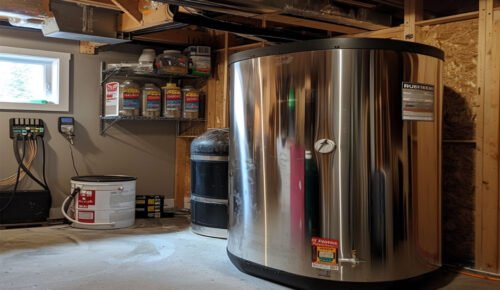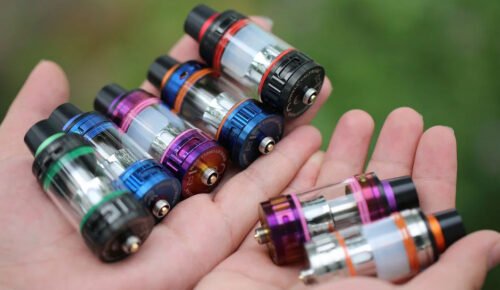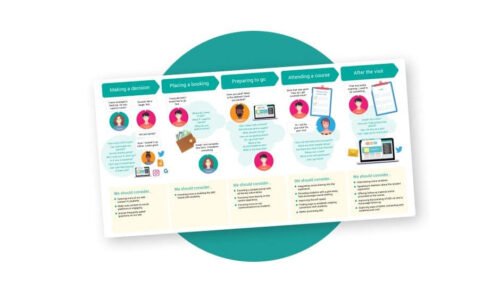In commerce, distributors link manufacturers with retailers. Starting your own distribution business allows you to be your own boss and build a company! Yet there are so many options that it can be overwhelming picking the right product or niche. This article explores some high-potential distribution business ideas will help you along that path.
Profiting From Current Trends: Trending Products for Distribution
Distribution changes with consumer preferences and market demands. Some trending product categories offer big opportunities:
Sustainable Products: As environmental consciousness increases so do demands for environmentally friendly products. You can distribute reusable straws, bamboo toothbrushes or biodegradable packaging to this market.
Health and Wellness: Growing interest in healthy living may lead to a profitable business of selling organic and gluten-free foods directly to consumers or local grocery stores.
Plant-Based Alternatives: Veggie diets are on the rise. Distribution of meat substitutes like plant-based burgers and sausages might be an attractive business idea.
Tech Gadgets: The tech market keeps growing. Distribution of cutting edge gadgets as smart home devices or wearable tech accessories could tap into this emerging sector.

Classic Markets – Reliable Demand: Established Distribution Channels
Trends open up new opportunities but established distribution channels with predictable demand are also useful. Consider these classic markets:
Food and Beverage: The food distribution business is a proven industry. Snacks, craft beers or gourmet coffee can satisfy different customer tastes.
Apparel and Accessories: The fashion distribution market includes clothing, footwear or accessories for specific demographics or styles.
Building and Construction Materials: Construction always needs supplies. Distribution of lumber, concrete and roofing materials is a solid business.
Home Goods: Furniture, appliances and other home improvement products remain in high demand. Distributing these items to retailers or providing direct-to-consumer options might work.
Niche Distribution: Find Your Unique Corner of the Market
Distribution goes beyond broad categories. Finding a niche market can be very profitable. Some niche distribution ideas include:
Pet Supplies: The pet industry is growing. A niche customer base might buy specialized pet food, toys or grooming products for a breed or need.
Educational Materials: Distributing educational resources to schools, libraries or daycare centers targets a market with consistent needs.
Safety Equipment: Distributing safety equipment for workplaces or personal use – fire extinguishers, personal protective equipment or first-aid kits – is a valuable service.
Local Artisan Goods: Distributing local artisans’ handcrafted jewelry, pottery or textiles is a rewarding business idea.
Factors to Consider Before You Start Distributing
No matter what product category you choose, distribution business requires planning. Here are the key considerations:
Market Research: Do your research! Analyze your target market, competition and potential profit margins before jumping in.
Supplier Relationships: Relationships with reliable suppliers are key to consistent product flow and competitive pricing.
Logistics and Storage: Have a system for managing inventory, warehousing and transport.
Marketing and Sales Strategy: Have a clear marketing and sales strategy for reaching your customer base.
Financial Planning: Make an upfront financial plan with startup costs, operating costs and potential revenue streams in mind.
Conclusion
The distribution world provides many opportunities for entrepreneurs. Once you know your strengths, interests and market needs, pick a product category that matches your vision. Be prepared, have strong supplier relationships and be strategic, remember that.



























